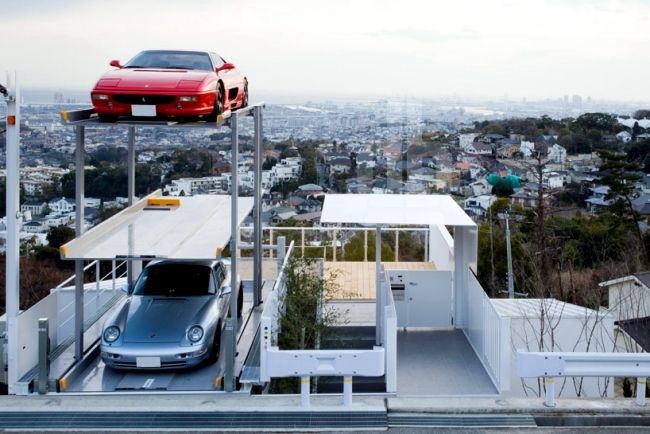When Romans built roads in 312 B.C., there was no control, no speed hump and no speed post. Later when the vehicles piled up on the road network, we had to create these rules to control nasty drivers.
Similarly, the inception of parking started in the 1920s in the US as cars were the new status symbol of wealth. There were rows of cars lining the curbs of streets, with no rules governing parking. Privately owned parking lots became popular to meet the demand. Over time, parking management has become complex and rules were needed to add order.
There is no such thing called free parking. It all comes at some cost. When you go to the grocery store, the cost of parking is included in your purchase. Whenever I buy a property in Dubai, I have to pay an extra amount of USD 8,000 per parking space. It is buried in the total purchase price. It doesn’t matter you need it or you’re a public transport user. These are called parking minimums.
Here are some easy ways to regain a piece of paradise:
1. Eliminate mandatory minimum parking requirements
2. Use data, technology, and pricing to manage parking
3. Help developers and authorities better understand parking demand
4. Promote alternate modes to curb parking demand
The good news here is the excess parking can be repurposed at any time, and the land can be utilized to more meaningful use.
